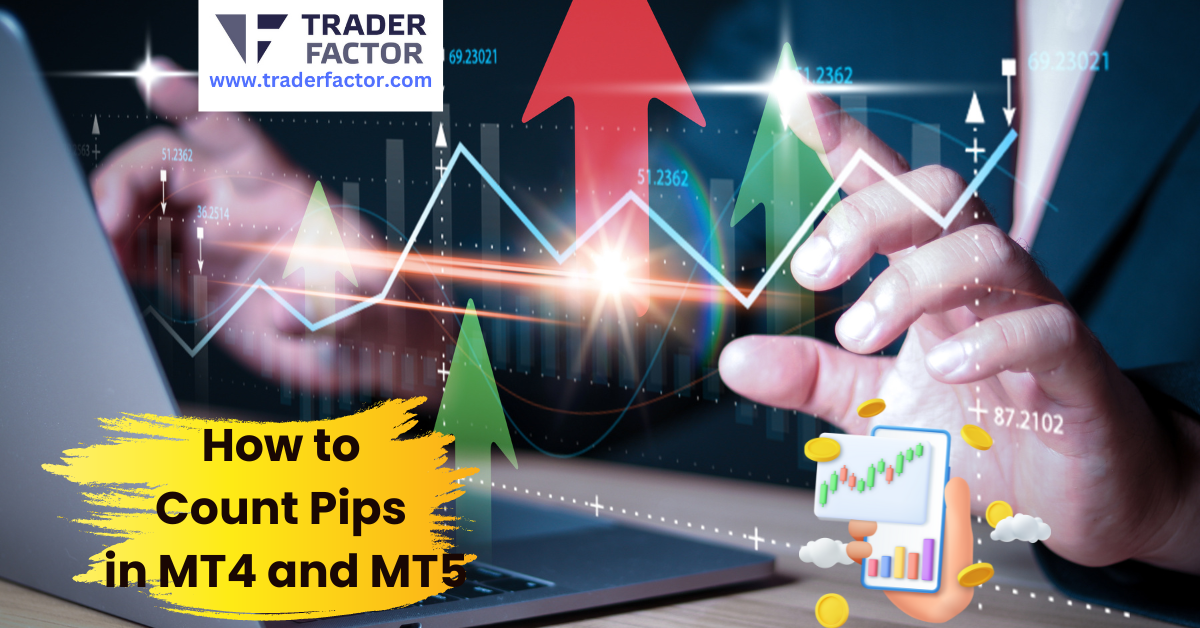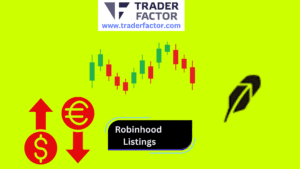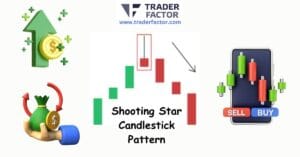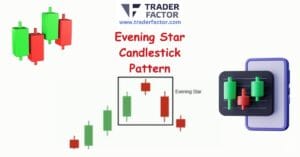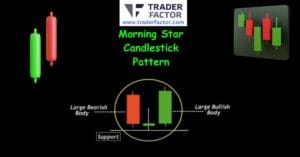To count pips in MT4 and MT5 platform, you’ll first need to understand that a pip usually represents the smallest price move in the fourth decimal place of most currency pairs, except for those involving the Japanese yen where it’s the second place. After logging into your platform, monitor the price quotes where each movement in the decimal points indicates pip changes. You can calculate the pip value by multiplying the number of pips changed with the value per pip for your specific trade size and currency pair. Doing this helps you grasp the cost implications of pip spreads and optimize your trading strategy. The more you get familiar with these steps, the better your precision in managing trades will be.
Table of Contents
ToggleUnderstanding Pips in Forex
In Forex trading, a pip represents the smallest price move that a currency exchange rate can make. Understanding pips is essential as they affect both your profits and losses. Here’s a breakdown of the basics including pips definition, pip value, pip spread, pip calculation, and pip strategy.
A pip, short for ‘percentage in point,’ is typically the fourth decimal place in most currency pairs. For example, if EUR/USD moves from 1.1050 to 1.1051, that’s a one pip change. For pairs involving the Japanese yen, a pip is the second decimal place.
The pip value varies by currency pair and depends on the trade size. You can calculate it by multiplying the size of your trade by one pip. For instance, if you trade 10,000 units of EUR/USD, each pip movement is worth approximately 1 USD.
Understanding the pip spread—the difference between the bid and ask price—is also crucial. Brokers with lower spreads typically offer a cost advantage.
Developing a pip strategy involves deciding how many pips you are willing to risk on a trade and setting your stop loss and take profit accordingly. This tactic helps manage risk and secures potential profits without having to monitor the market constantly.
Accessing MT4 and MT5 Platforms
To access the MT4 and MT5 platforms, you’ll first need to choose a broker that offers these popular trading tools. Once you’ve selected a broker, the next step is account setup. This process typically involves filling out registration forms and providing some identification for verification. After your account is activated, you can download the platform from your broker’s website.
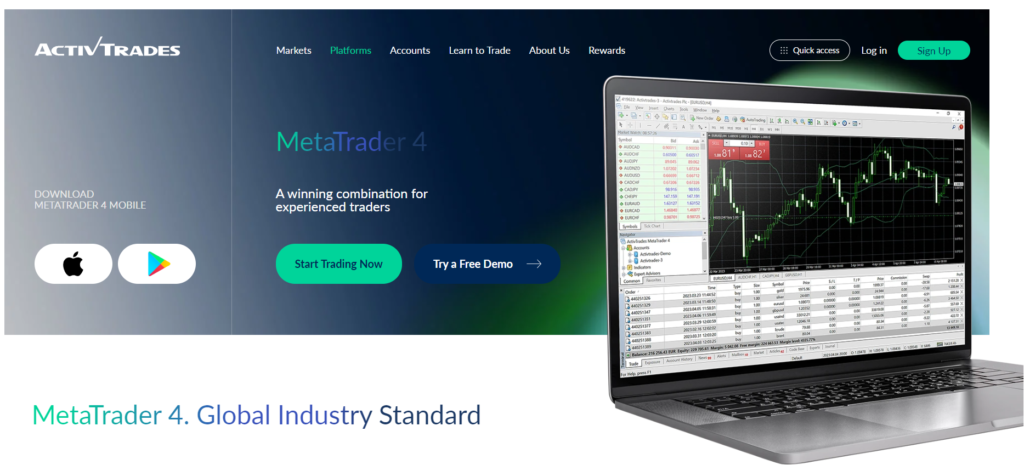
Once you’re logged into the platform, you’ll find that platform navigation is intuitive. The main screen displays a variety of options for managing your trades, analyzing market trends, and accessing trading tools. You’ll want to familiarize yourself with the layout and where to find essential features.
Customizing charts is important for effective trading. MT4 and MT5 allow extensive chart customization options. You can adjust colors, styles, and even time frames to match your trading preferences. This customization makes it easier to apply and review technical indicators, which are essential for analyzing market movements and making informed trading decisions.
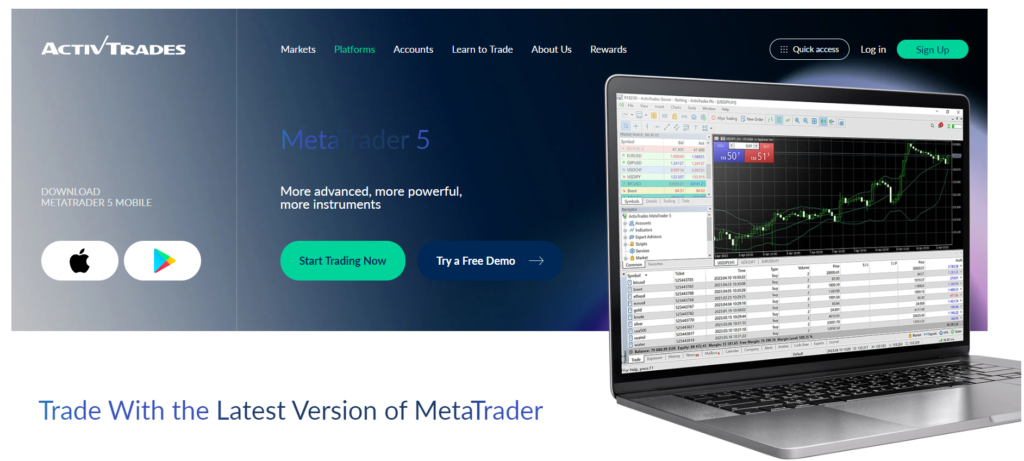
Lastly, don’t overlook the risk management tools available on these platforms. Setting stop-loss orders, for instance, is straightforward and can be essential in protecting your capital from significant losses. These platforms provide all the necessary tools to help manage your trading risks efficiently.
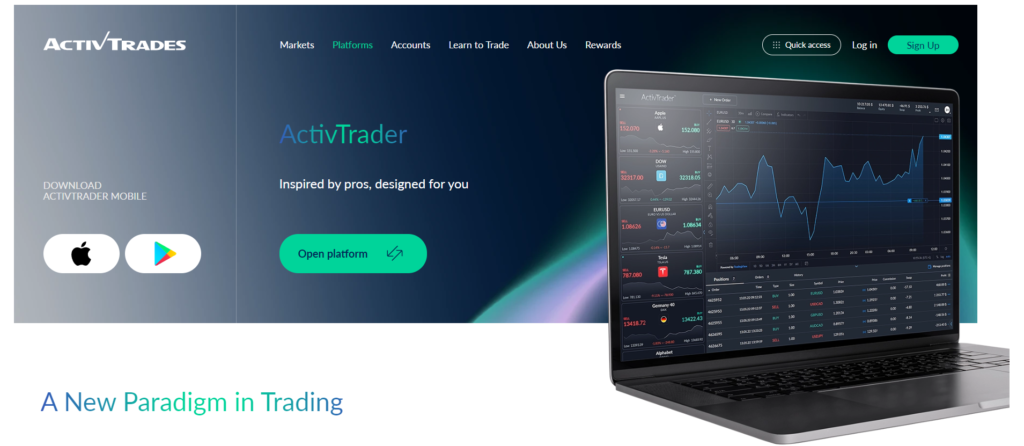
Analyzing Price Quotes
Once you’ve familiarized yourself with the platform’s layout, analyzing price quotes becomes your next step in mastering trading on MT4 and MT5. It’s important to understand how to interpret these quotes to make informed decisions.
Firstly, calculating spreads accurately is key. The spread, the difference between the bid and ask price, affects your trading costs and potential profits. By closely examining price movements, you can gauge market volatility and spot trends. Using indicator tools available in MT4 and MT5 can help you analyze these movements more effectively. These tools can assist in identifying entry points, which are ideal moments to enter or exit trades based on the observed price actions.
Pips in MT4 and MT5
Comparing pip values is also necessary. Since different currency pairs have different pip values, understanding how these translate into actual monetary values can greatly impact your trading strategy.

Here’s a quick reference table to help you visualize these concepts:
| Key Concept | Purpose | Application |
|---|---|---|
| Calculating Spreads | Minimize costs, maximize gains | Analyze bid and ask prices |
| Utilizing Tools | Enhance market analysis | Use MT4/MT5 indicators |
| Identifying Entry Points | Optimize trade timings | Monitor real-time changes |
Practical Pip Counting Steps
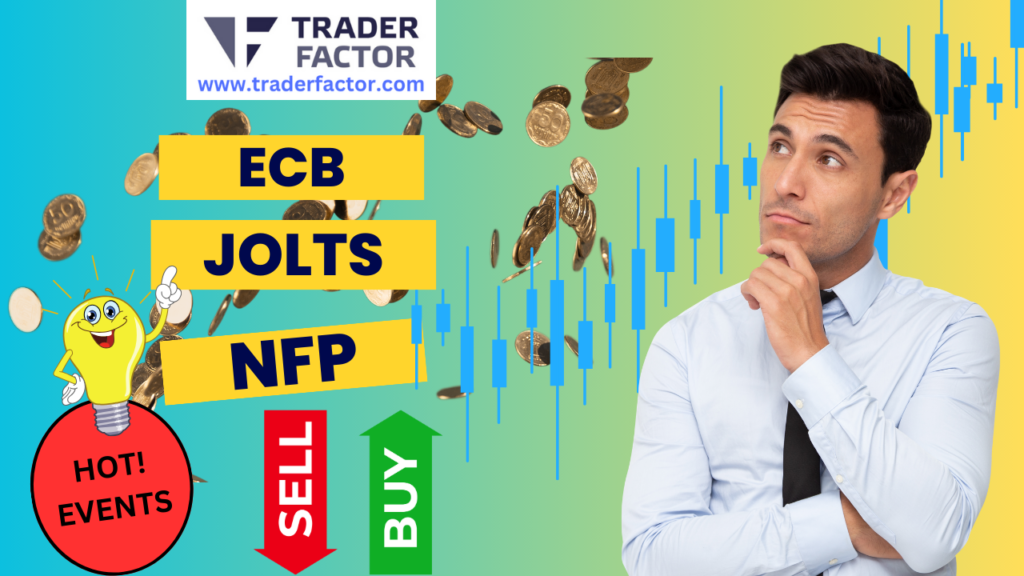
Let’s immerse ourselves in the step-by-step process of counting pips on MT4 and MT5 to better manage your trades. First, you’ll need to understand pip calculation. A pip represents the smallest price move that a currency pair can make. Depending on the currency pair, the pip might be located at the second or fourth decimal place. This is where decimal precision comes into play. You must recognize which decimal to look at based on the pair you’re trading.
To find the pip value, which is essential for managing your risk, multiply the number of pips in your position by the value per pip, which varies depending on your lot size and the currency pair. This step is critical for proper position sizing, helping you to determine how much of your capital is at risk per trade.

Consider also the pip spread—the difference between the bid and ask price. This spread impacts your entry and exit points in the market, and understanding it allows for more precise trading. Remember, the spread can also affect the overall cost of the trade, influencing your trading strategy’s profitability.
Tips for Accurate Counting
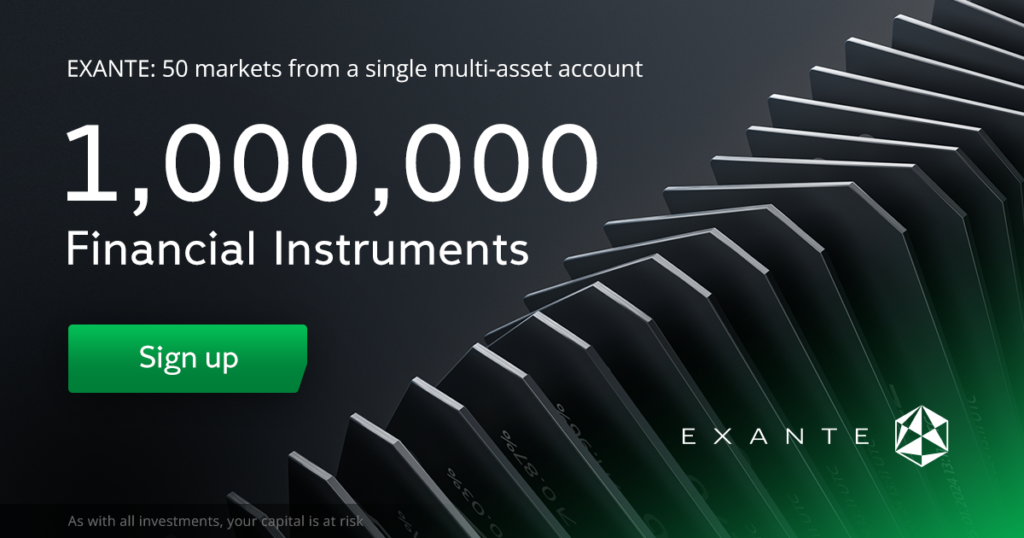
While counting pips accurately, make sure you’re using the correct decimal places for each currency pair. Decimal point placement is essential, as it determines the pip value. Most pairs are quoted to four decimal places, but remember, pairs involving the Japanese yen are typically quoted to two.
Next, focus on mastering pip value calculation. Understanding how much a single pip change affects your trade can greatly impact your trading strategy and risk management. Don’t rely on rough estimates; use your trading platform’s tools to get precise figures.
Also, don’t overlook the importance of rounding numbers correctly. When calculating your potential profit or loss, rounding errors can skew your results. Always round to the nearest whole number as per your broker’s trading conditions to avoid discrepancies.
Furthermore, enhance your pip counting by conducting thorough price chart analysis. This involves more than just spotting trends; it’s about recognizing patterns that denote pip movements.
Lastly, be strategic in your currency pair selection. Each pair behaves differently, influenced by unique economic factors. Choose pairs that suit your trading style and market understanding, ensuring you’re not just randomly jumping into trades without a clear rationale. This careful selection will aid in more predictable pip counting.
Frequently Asked Questions

Can Pip Values Differ Among Various Currency Pairs?
Yes, pip values can differ among currency pairs due to factors like market volatility, currency correlation, and broker fees. You’ll see variation especially in cross-currency pairs, affecting your potential gains or losses.
How Do Spreads Impact Pip Calculation in Mt4/Mt5?
Spreads impact your pip calculation by varying between currency pairs, influenced by leverage and automated tools. You’ll also need to take into account tax implications when evaluating potential profits in MT4 or MT5 trading.
Are There Any Tools to Automate Pip Counting?
Yes, you’ll find pip counter tools, automated calculators, and pip tracking software available. These customizable pip calculators and real-time pip counters help streamline your trading by automating pip count tasks efficiently.
How Does Leverage Affect Pip Value in Trades?
Leverage increases your profit potential and risk, as it magnifies both gains and losses. You’ll need to manage your risk and adjust position sizing based on leverage and margin requirements calculations.
What Are the Tax Implications of Pip Gains?
Pip gains on currency pair trading have tax implications; you’ll need to take into account capital gains tax and adhere to tax reporting regulations. In some regions, trading can be tax-free under specific conditions.
Disclaimer:
All information has been prepared by TraderFactor or partners. The information does not contain a record of TraderFactor or partner’s prices or an offer of or solicitation for a transaction in any financial instrument. No representation or warranty is given as to the accuracy or completeness of this information. Any material provided does not have regard to the specific investment objective and financial situation of any person who may read it. Past performance is not a reliable indicator of future performance.

